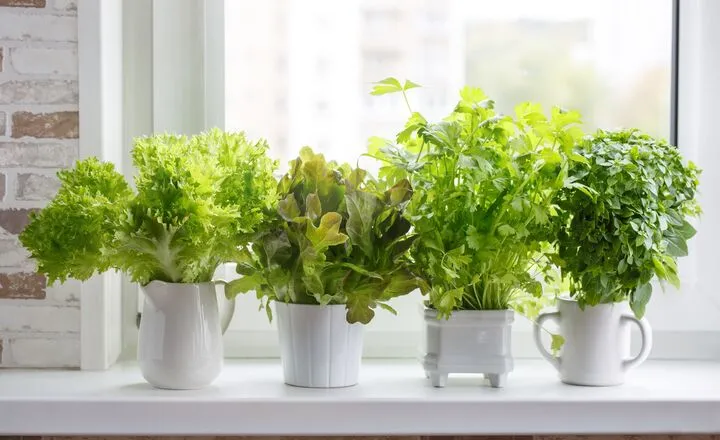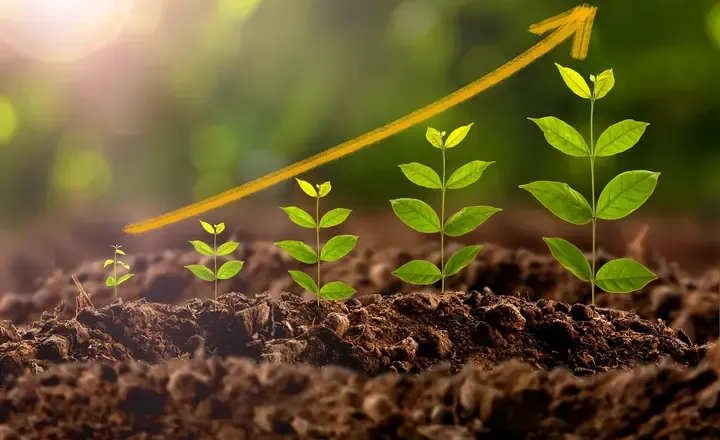Plants store glucose as starch primarily to optimize energy efficiency while ensuring survival. Glucose, being a simple sugar, is soluble in water and could lead to potential cellular disruption if stored in large quantities.
By converting glucose into starch—a complex carbohydrate—plants effectively create a storage form that is both insoluble and compact. This conversion allows for the safe accumulation of energy without impacting osmotic balance within cells.
Why do plants store starch and not Glucose?
Plants primarily store starch instead of glucose for several reasons related to efficiency and energy management. Starch is a polysaccharide, which means it consists of long chains of glucose molecules.
This complex structure allows plants to store a large amount of energy in a compact form, making it more efficient than storing free glucose. If plants stored glucose directly, they would need much more space to hold the same amount of energy, as glucose is a simple sugar that dissolves easily in water.
Starch storage helps maintain osmotic balance within plant cells. Glucose is highly soluble in water, and if plants were to store it in large quantities, it could lead to an influx of water into the cells through osmosis, potentially causing them to burst.
By converting excess glucose into starch, which is insoluble, plants can effectively avoid this issue while ensuring they have a readily available energy source when needed for growth or during periods when photosynthesis is not occurring, such as at night or during winter months.
Starches
Plants indeed rely on starch as a crucial form of energy storage, which they synthesize through the process of photosynthesis. During this process, plants convert sunlight into chemical energy, primarily in the form of glucose.
This process consists of two main stages: light-dependent reactions that capture solar energy and light-independent reactions (Calvin cycle) that utilize this energy to produce glucose from carbon dioxide and water.
Once glucose is synthesized, it can be transformed into starch through enzymatic processes. Enzymes facilitate the bonding of multiple glucose molecules into larger, more complex structures known as starches.
These starch molecules serve as an efficient way for plants to store energy for later use, particularly during periods when sunlight is scarce or when the plant requires additional energy for growth and development.
Storing Starches
Plants create and store starch primarily for energy storage and structural purposes. While cellulose forms the rigid structure of plant cell walls, allowing plants to maintain their shape and resist damage, starch serves as a crucial energy reserve.
When sunlight is plentiful, plants convert glucose produced through photosynthesis into starch, which can be stored in various tissues like roots, tubers, and seeds.

This process is reversible; during periods of low light or at night when photosynthesis cannot occur, plants break down stored starch back into glucose to meet their energy needs.
The advantage of storing starch instead of glucose lies in its solubility properties. Glucose is soluble in water, which could disrupt osmotic balance within plant cells if stored in large quantities.
Being a polysaccharide that is insoluble in water, allows plants to store significant amounts of energy without affecting the flow of water into and out of cells.
This ensures that plants can efficiently manage their internal environment while having a readily available source of energy for respiration and growth when needed.
Does that suggest that there is no glucose in starch?
Your understanding is correct. Starch is indeed composed of glucose molecules linked together in long chains through a process called polymerization. During photosynthesis, plants convert sunlight into energy, producing glucose as a primary product.
This glucose can be stored for later use by forming starch, which serves as an energy reserve for the plant.
There are two main types of starch: amylose and amylopectin. Amylose consists of long, unbranched chains of glucose, while amylopectin has a more complex structure with branched chains.
Both forms are stored in granules within plastids in plant cells, allowing plants to efficiently manage their energy resources. While starch itself does not contain free glucose in its final form, it is fundamentally made up of multiple glucose units bonded together.
Does starch have more energy than Glucose?
Starch and glucose serve as essential energy sources, but they differ significantly in their structure and how they release energy. Starch is a polysaccharide made up of long chains of glucose molecules, while glucose itself is a monosaccharide.
Both starch and glucose provide the same amount of energy per gram—about 4 calories. However, the way they are metabolized by the body varies greatly.

When you consume starch, it breaks down into glucose more slowly due to its complex structure, providing a gradual release of energy over time.
This slow digestion helps stabilize blood sugar levels and offers sustained energy, making it ideal for prolonged activities or maintaining steady energy throughout the day.
It provides a quick burst of energy but can lead to rapid spikes and drops in blood sugar levels if consumed in excess.
Conclusion
The storage of glucose as starch in plants serves multiple vital functions that enhance their survival and efficiency. By converting excess glucose into starch, plants not only manage energy reserves more effectively but also create a stable form of energy that can be mobilized during periods of low photosynthesis.
This strategy allows them to thrive in varying environmental conditions while supporting growth and reproduction. Understanding the significance of starch storage can inspire further research into agricultural practices that optimize plant health and yield.
FAQs
Why can humans digest starch but not cellulose?
Humans can digest starch but not cellulose primarily due to the differences in their chemical structures and the enzymes our bodies produce.
Why do plants use starch instead of glycogen?
Plants primarily use starch instead of glycogen as their main storage form of energy due to differences in their metabolic needs and structural roles.
